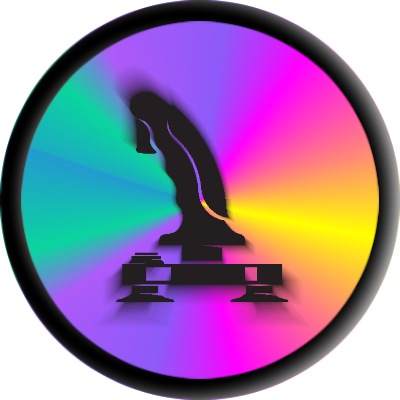The dreams cast was an amazing piece of hardware that was ahead of it’s time. The friends that owned them, loved them. The friends that didn’t own them, didn’t care about them. They were the first and only to have a memory card that you could play games on.
More expensive than a ps1 way fewer games and only or a year or so before ps2. Ps2 also teased backward compatibility. Just bad timing during extremely quick console update releases.
It seems obvious now that you mention that, that Sony went with backwards compatibility because Sega released so many systems in the 90s(ish). Immediate support from a lot of Sega fans that felt betrayed. Aaaand the is also a way to stick it to nintendo while doing it. They didnt have to give up the hate of nintendo(i remember sega/nintendo rivalrly every bit as dumb and real as ford/chevy rivalry)
And nintendo ALWAYs making bad medium choices for their games. Ps1 was already black eye to nintendo. Sony gave you mutiple devices in every device. Cds, dvds, blueray. From Sony an already mammoth device manufacturer for those technologies. Man if toshiba or someone had bought nintendo to push new hardware could have been interesting. Nintendo having HD dvd could have been good for n64/gamecube/wii would have very different timeline
Looks like it’s infodump time.
Sega released the Genesis/Mega Drive in 1988, then to extend its capabilities they released the Sega CD/Mega CD addon in 1991, which was followed by a second addon, the 32X, in 1994. There were even some games that required both add-ons, resulting in a high initial investment from consumers. The base Genesis/Mega Drive was massively successful outside of Japan and the Sega CD/Mega CD did reasonably well, but the 32X flopped. This was due to a lack of interest, partially because they also released the Genesis’/Mega Drive’s successor, the Sega Saturn, in 1994 (the 32X actually released after the Saturn in Japan).
In the fourth-generation console war Sega only had to deal with Nintendo as their main competitor. For the fifth-generation there was a second front. PlayStation came out in 1994 in Japan and was a success from launch. Sega was terrified. Both the Saturn and PlayStation would debut internationally in September 1995 and Sega knew they had to do something decisive to get ahead. E3 1995 would make or break Saturn in America and Sega had a plan to beat Sony. At their presentation Sega declared that Saturn would be available immediately, four months ahead of the previous release date, at select retailers at a price of $399. This gamble backfired massively on Sega. The retailers that weren’t part of the early release were pissed and some even boycotted Sega over this. The second blow came from Sony. At the PlayStation presentation they had one of their presenter walk on stage, say “299” and leave. This number was PlayStation’s price.
By the time Dreamcast came out in 1998 Sega had tanked their reputation with consumers and retailers and they never stood a chance against the PlayStation 2. Additionally, the PS2 had almost complete backwards compatibility with its predecessor and it played DVDs. It had better specs than the Dreamcast, but not GameCube and Xbox. It is also worth noting that the PS2 was so successful that it actually outsold all three of it’s competitors combined.
One thing I rarely see pointed out is the generations that made 8 and 16-bit a huge success were aging out, or heading to college and/or the workforce. The casuals I knew stopped buying systems after the SNES and Genesis.



